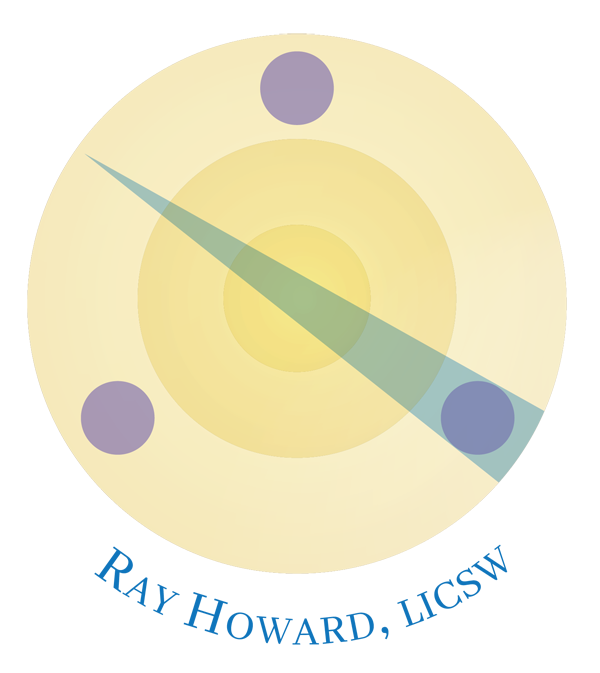The Table Technique
Look Into My Eyes
These three skills work well as a logical progression from a simple unblending exercise with right hand, left hand to the Table Technique, which involves more parts, to Look Into My Eyes, which promotes a more intimate connection between part and Self. The goal of all three of these unblending exercises is to promote the relationship between part and Self. Let’s start with Right Hand Left Hand. I practiced this in front of a mirror for several days so that I could see what I looked and sounded like. This gave me access to my Doubting Thomas parts, which I worked right there in front of the mirror. It only took a few minutes each day and I had this skill down. Let’s use the example in the Working with Polarization Case Study above. Today I would ask this man the following.
Right Hand, Left Hand
- I wonder if you’d be willing to try something with me.
- I heard you say that you work, you make money
- Can you hold out your left hand and ask the working, money making part would it sit in your left hand
- If the part says no, the therapist will help the client negotiate with the part until it swings out and sits in the client’s left hand
- Pause to notice if it’s OK, if not, ask the part to tell the client what it’s fears are, work with the part’s fears
- You may have to stay here for the rest of the session—that’s fine. The part is unblended and it’s telling the client its story.
- Once this part has told enough of its story–
- Ask the part, would it be OK to have the Sex and Porn part to swing out in your right hand.
- If not, work with the parts fears. Really hear the part out. Get to know this part’s hopes and fears and it’s worst case scenario concerns.
- Once the part is willing, have the Sex and Porn part swing out into the client’s right hand
- Have the client notice one part, then the other.
- Notice if there’s anything either part wants the client or you, the therapist, to know
- Ask both parts would they be willing to turn and look at the client—
- it’s critical that the parts turn and look at the client, this way they have a sense of the client as different from themselves and they may see either another part or self
- If more than one part presents, introduce the Table Technique
- Or, stay here and have each part tell their story in turn
Table Technique
- Ask the first two parts can they invite in a Table, a Campfire, some type of community setting where there’s room for more than one part
- Parts just know how to do this
- Invite in the Table and ask the parts one at a time to fan out around the Table.
- Parts just know how to do this and they’re often happy to swing out.
- If they’re reluctant, hear them out, address their concerns and suggest they try it incrementally
- Once you have a small handful of parts out in front, ask all parts to turn and look at the client.
- Again, this is so they can start to see the client as separate from themselves and give them the possibility of seeing or feeling Self energy.
- Once you have parts looking back at the client, ask if there’s one part that would like to tell its story
- Once that part steps forward, move to Look Into My Eyes (Mike Elkin)
Look into My Eyes
- Have the client ask the part that has volunteered to look into the client’s eyes
- When the part looks into the client’s eyes, ask the part what it sees.
- If the part says it sees anything but the client at their current age, it’s another part and you need to ask that part to pull up a chair at the table
- Once the part is able to look into the client’s eyes and see Self, have the client ask the part all the questions below
-
- what it’s job is
- does it like it’s job
- how long in this job
- does it ever get a break
- what’s it concerned will happen if it takes a break
- what if it could take a break and it’s worst-case fear did not happen
In IFS, the relationship between Self and part is the focus of treatment. When we use these externalizing skills above, we help our clients develop incrementally a new relationship with their parts.
